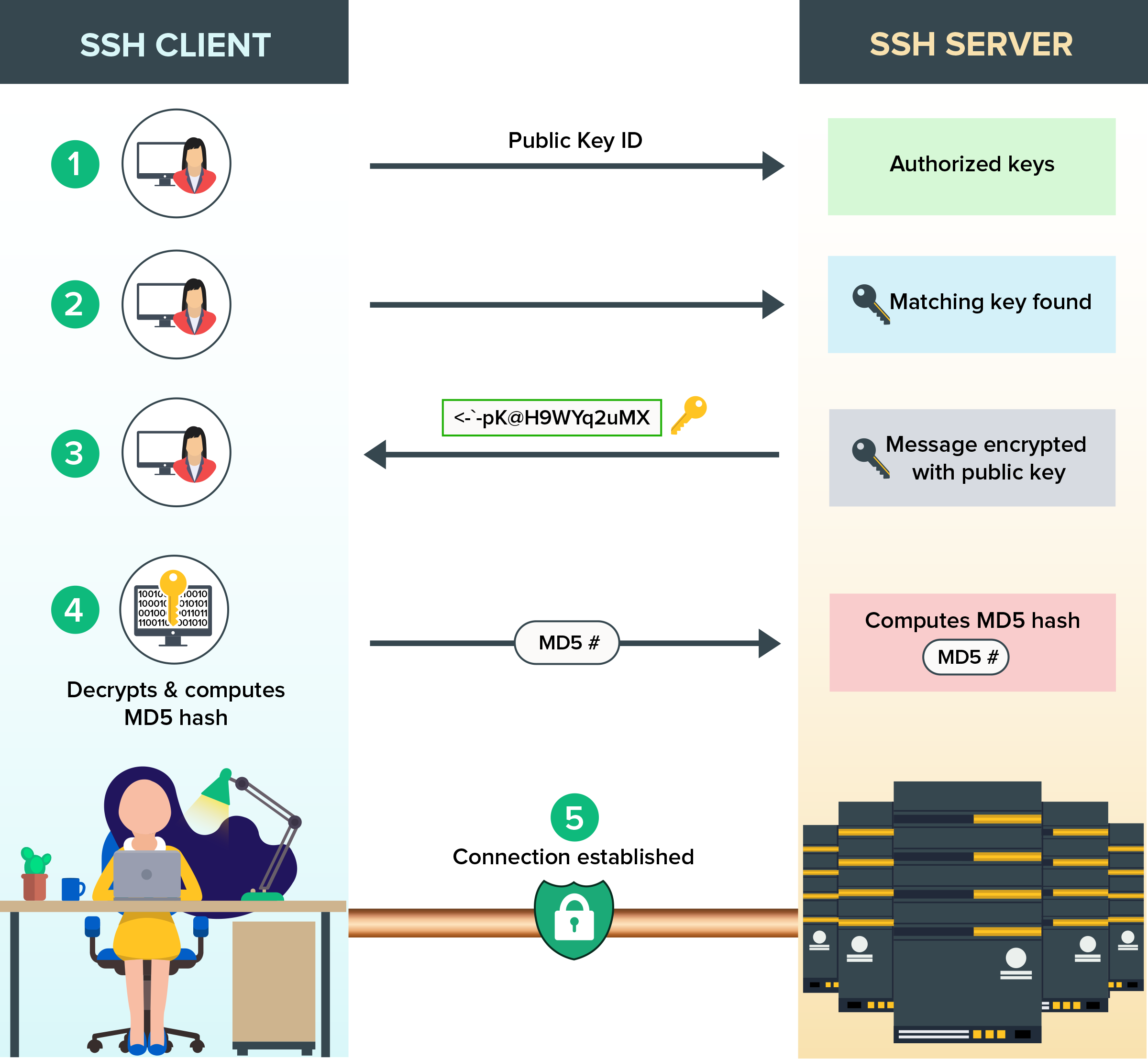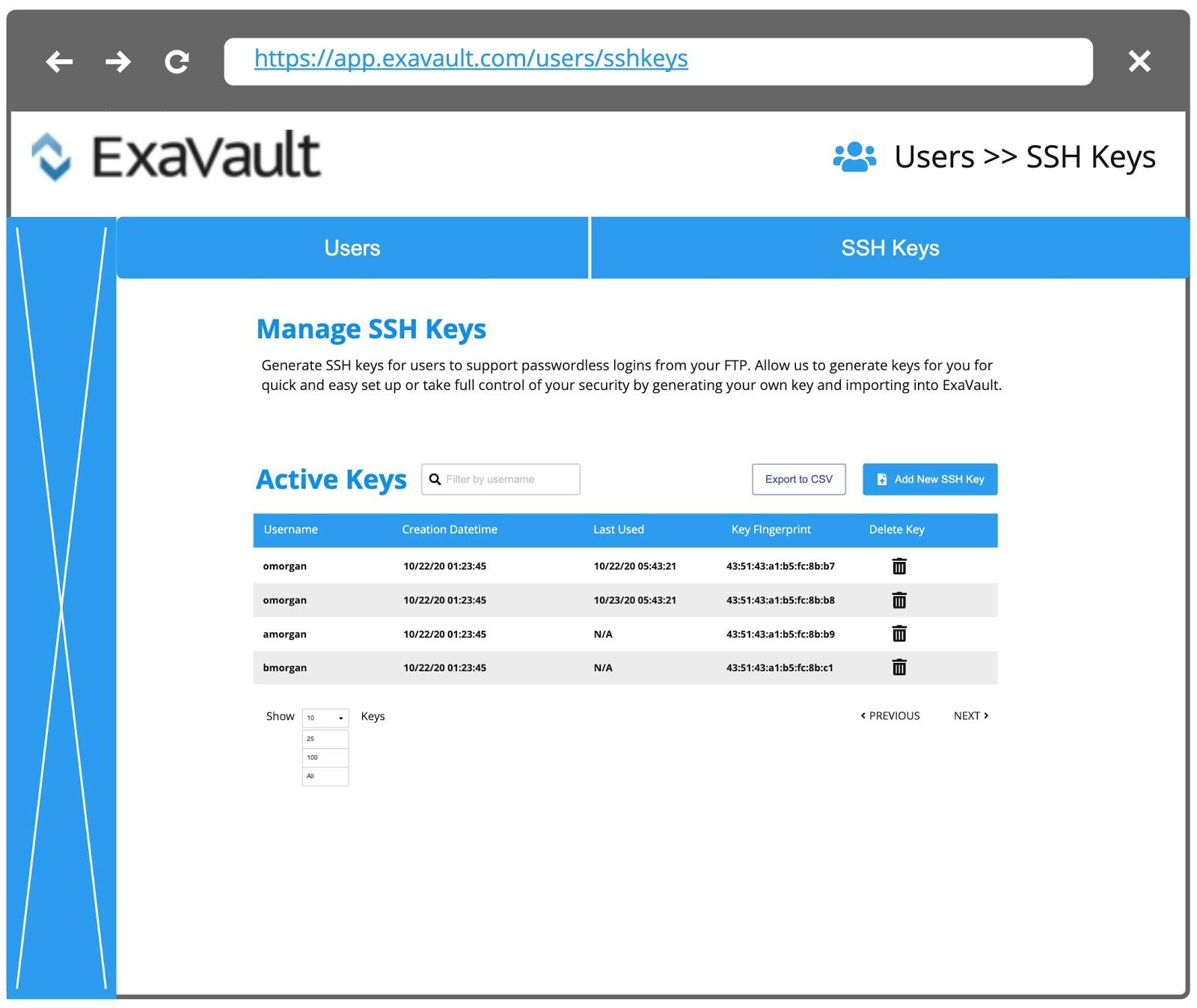Ever wondered how to secure your IoT devices when working remotely? Well, buckle up because today we're diving deep into the world of RemoteIoT SSH key management. In this digital age, managing SSH keys for remote IoT devices is not just a good practice; it's a necessity. As more businesses and individuals rely on IoT technology, ensuring secure access becomes paramount. Let's explore why RemoteIoT SSH key management should be at the top of your priority list.
When it comes to IoT, the risks are real, and the stakes are high. Imagine a scenario where unauthorized access compromises your IoT network. The consequences can range from data breaches to complete system failures. That's where SSH keys come in—they act as the digital locks that protect your devices. But managing these keys effectively is a challenge that many organizations face.
This guide will walk you through everything you need to know about RemoteIoT SSH key management. From understanding the basics to implementing best practices, we've got you covered. So, whether you're a tech enthusiast or a professional looking to enhance your IoT security, this article is for you. Let's get started!
- Bringing Iribitari Gal To Life The Challenges And Excitement Of Liveaction Adaptation
- Unveiling The Evolution Of Kannada Cinema A Deep Dive Into The Industrys Triumphs And Challenges
What is RemoteIoT SSH Key Management?
Let's break it down. SSH stands for Secure Shell, a protocol that provides a secure way to access remote computers or devices. In the context of IoT, SSH keys are used to authenticate devices and users, ensuring that only authorized parties can connect. RemoteIoT SSH key management refers to the processes and tools used to create, distribute, rotate, and revoke these keys in a secure and efficient manner.
Why is it important? Well, IoT devices are often deployed in remote locations, making physical access impossible. This means that securing remote access is crucial. Without proper SSH key management, your network could be vulnerable to attacks, leading to costly repercussions.
Why Focus on SSH Keys for IoT?
SSH keys offer a more secure alternative to traditional passwords. Unlike passwords, which can be easily guessed or cracked, SSH keys are virtually impossible to brute-force. Here are some reasons why SSH keys are the preferred choice for IoT security:
- Masa49 A Rising Star In The Digital Age
- Decoding The Streaming Dilemma Legal Platforms Vs Illegal Downloads In India
- Strong Authentication: SSH keys provide a higher level of security compared to passwords.
- No Password Required: With SSH keys, you eliminate the need for users to remember complex passwords.
- Automation Friendly: SSH keys are ideal for automated processes, ensuring seamless communication between devices.
Understanding the Importance of RemoteIoT SSH Key Management
Now that you know what SSH keys are, let's talk about why managing them properly is so important. In the world of IoT, where devices are often deployed in uncontrolled environments, security cannot be an afterthought. Proper SSH key management ensures that your devices remain secure, even when accessed remotely.
Common Challenges in SSH Key Management
Managing SSH keys for IoT devices comes with its own set of challenges. Here are some of the most common ones:
- Key Rotation: Regularly updating SSH keys can be a daunting task, especially when dealing with a large number of devices.
- Revocation: Revoking keys when they are no longer needed or when a device is decommissioned is essential to maintaining security.
- Scalability: As your IoT network grows, managing SSH keys for hundreds or even thousands of devices can become overwhelming.
Best Practices for RemoteIoT SSH Key Management
So, how do you ensure that your SSH key management strategy is up to par? Here are some best practices to follow:
1. Use Strong Key Pairs
When generating SSH keys, always opt for strong algorithms and key lengths. RSA keys with a minimum length of 2048 bits or ECDSA keys are recommended. This ensures that your keys are resistant to brute-force attacks.
2. Limit Key Lifespan
Don't let SSH keys linger indefinitely. Set an expiration date for each key and ensure that they are rotated regularly. This reduces the risk of compromised keys being used maliciously.
3. Implement Role-Based Access Control
Not all devices or users need the same level of access. By implementing role-based access control (RBAC), you can ensure that SSH keys are only issued to authorized entities with the appropriate permissions.
Tools for Managing SSH Keys in IoT
Luckily, there are several tools available to help you manage SSH keys for your IoT devices. These tools simplify the process of creating, distributing, and revoking keys, making it easier to maintain a secure network.
Popular SSH Key Management Tools
Here are some of the most popular tools for SSH key management:
- SSH Key Manager: A cloud-based solution that provides centralized control over SSH keys.
- HashiCorp Vault: A robust tool for managing secrets, including SSH keys, with support for automated rotation and revocation.
- Keyper: An open-source tool designed specifically for managing SSH keys in IoT environments.
Security Risks of Poor SSH Key Management
Ignoring SSH key management can have severe consequences. Here are some of the risks associated with poor SSH key management:
Unauthorized Access
One of the biggest risks is unauthorized access to your IoT devices. If SSH keys are not properly managed, attackers could gain access to your network, leading to data breaches or system compromises.
Data Breaches
Without proper SSH key management, sensitive data stored on your IoT devices could be exposed. This could result in financial losses, reputational damage, and legal liabilities.
How to Secure Your RemoteIoT SSH Keys
Securing your SSH keys is not just about managing them properly; it's also about implementing additional security measures. Here are some tips to enhance the security of your RemoteIoT SSH keys:
Encrypt SSH Keys
Always encrypt your SSH keys using strong passphrases. This adds an extra layer of protection, ensuring that even if a key is compromised, it cannot be used without the passphrase.
Monitor Key Usage
Keep track of how and when your SSH keys are being used. Implement logging and monitoring tools to detect any suspicious activity and take immediate action if necessary.
Case Studies: Successful RemoteIoT SSH Key Management
To better understand the importance of SSH key management, let's look at a couple of case studies where organizations successfully implemented secure SSH key practices.
Case Study 1: XYZ Corporation
XYZ Corporation, a leading IoT solutions provider, implemented a centralized SSH key management system. By doing so, they were able to reduce the risk of unauthorized access and improve the overall security of their network.
Case Study 2: ABC Industries
ABC Industries faced challenges managing SSH keys for their growing IoT network. By adopting a cloud-based SSH key management tool, they were able to scale their operations securely and efficiently.
Future Trends in RemoteIoT SSH Key Management
As technology continues to evolve, so do the methods for managing SSH keys. Here are some trends to watch out for in the future:
AI-Powered Key Management
Artificial intelligence is set to play a significant role in SSH key management. AI-powered tools can automate key rotation, detect anomalies, and provide real-time alerts, enhancing the security of IoT networks.
Quantum-Resistant Algorithms
With the advent of quantum computing, traditional encryption algorithms may become obsolete. Researchers are already working on quantum-resistant algorithms that will ensure the security of SSH keys in the future.
Conclusion
In conclusion, managing SSH keys for remote IoT devices is a critical aspect of ensuring network security. By following best practices, using the right tools, and staying informed about the latest trends, you can protect your IoT network from potential threats. Remember, security is not a one-time task; it requires continuous effort and vigilance.
So, what are you waiting for? Start implementing these strategies today and take the first step towards securing your RemoteIoT SSH keys. Don't forget to share your thoughts and experiences in the comments below. And if you found this article helpful, be sure to check out our other guides on IoT security.
Table of Contents
- Best RemoteIoT SSH Key Management: A Comprehensive Guide for Secure Connectivity
- What is RemoteIoT SSH Key Management?
- Why Focus on SSH Keys for IoT?
- Understanding the Importance of RemoteIoT SSH Key Management
- Common Challenges in SSH Key Management
- Best Practices for RemoteIoT SSH Key Management
- Tools for Managing SSH Keys in IoT
- Security Risks of Poor SSH Key Management
- How to Secure Your RemoteIoT SSH Keys
- Case Studies: Successful RemoteIoT SSH Key Management
- Future Trends in RemoteIoT SSH Key Management
- Conclusion
- The Dual World Of Internet Fame Jameliz Benitez Smithrsquos Journey Through Success And Controversy
- Unpacking The Controversy Lacy Kims Onlyfans Leaks And The Broader Implications


